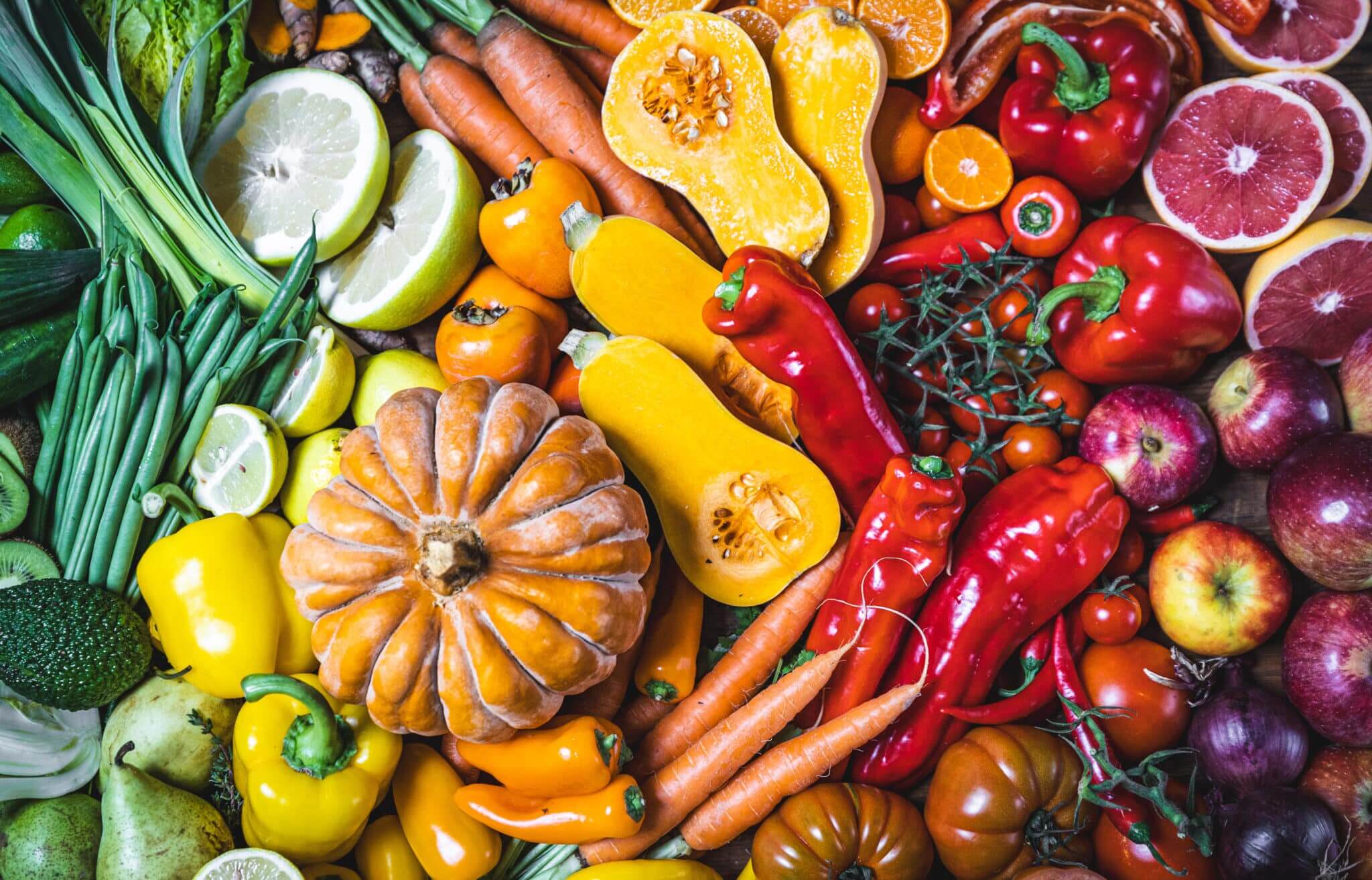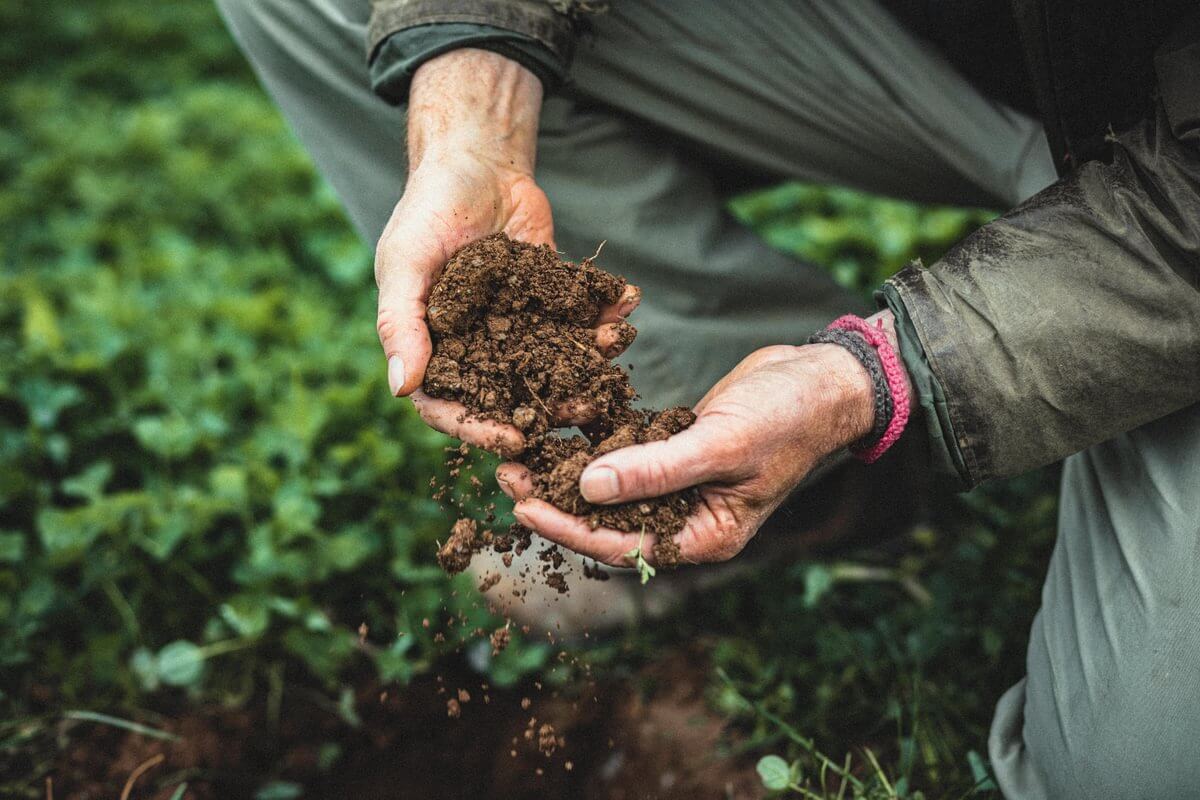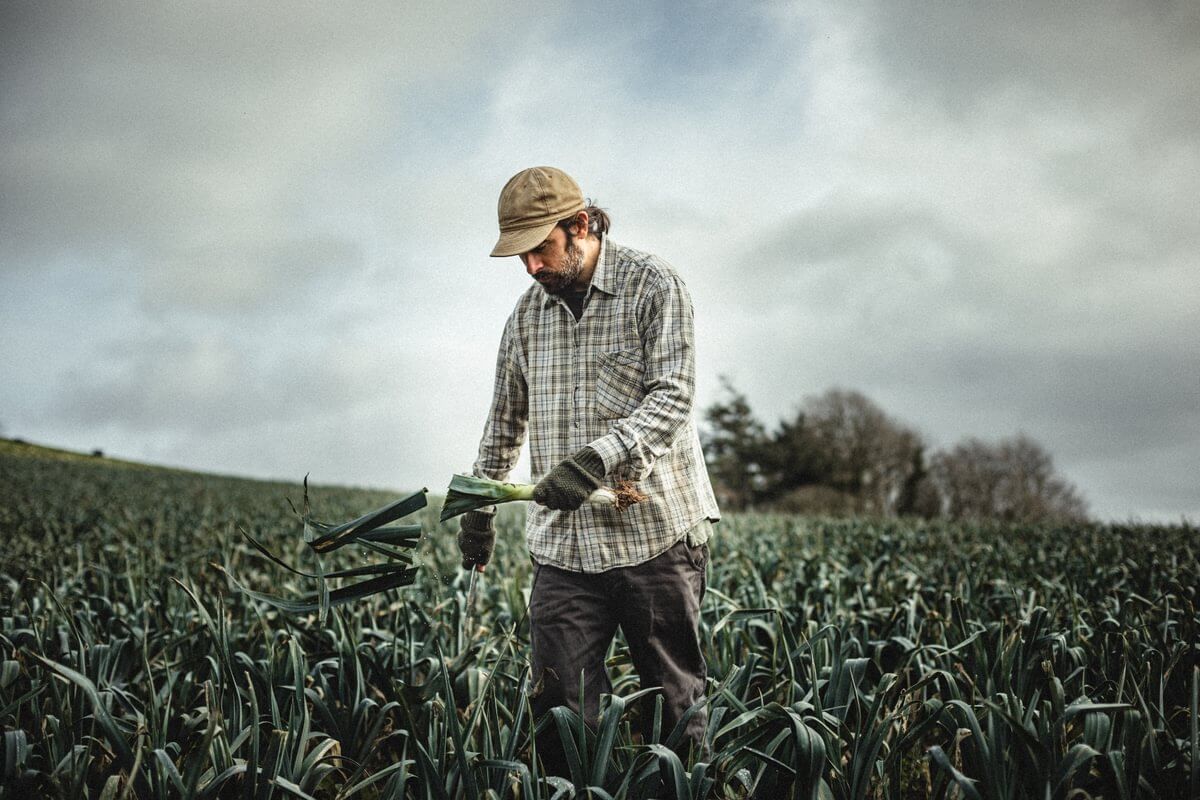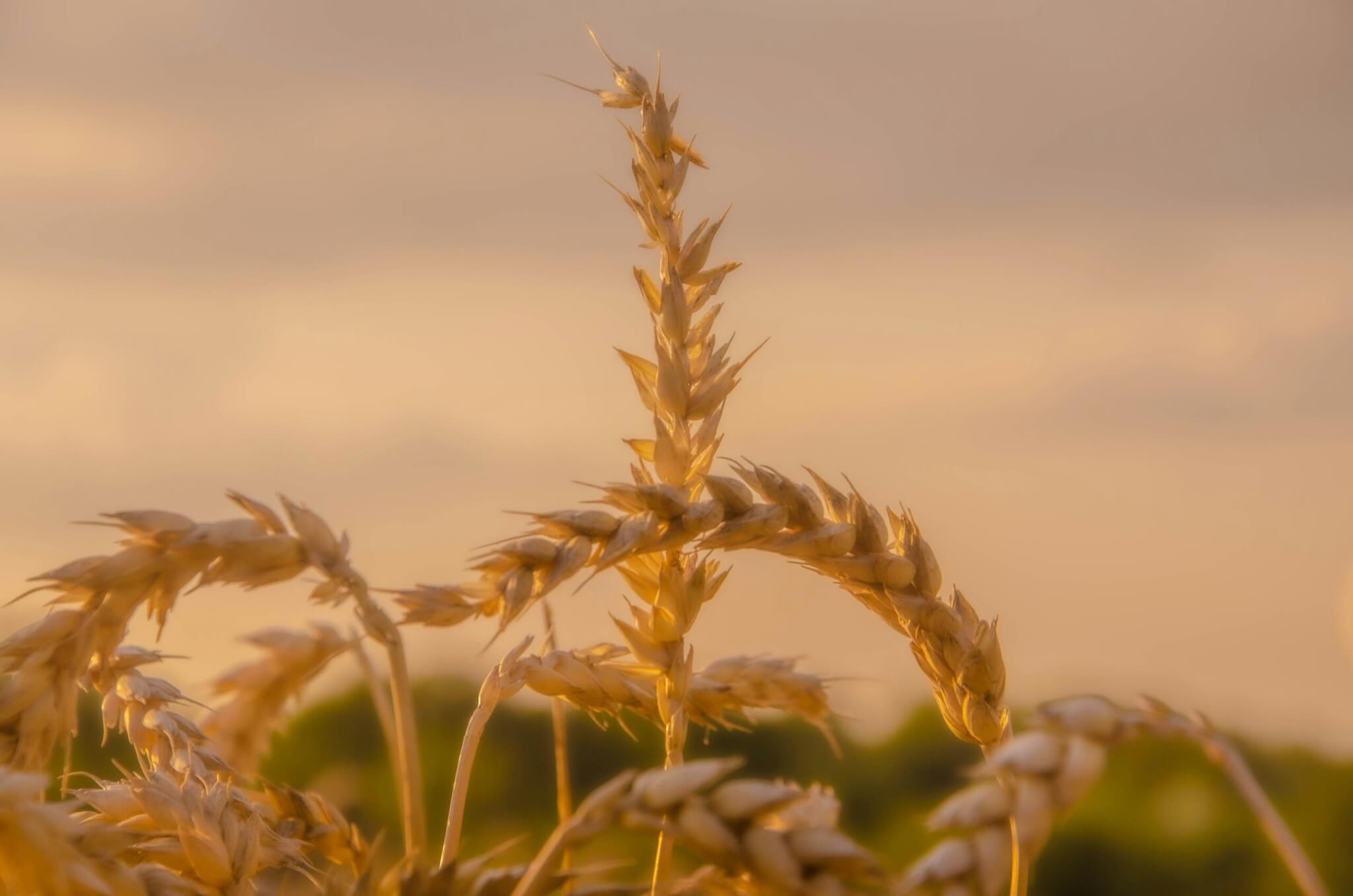If I need to sort my head out, the best company is my wife’s horse, Lacey. I’m too scared to ride her, but a walk around the lanes and fields seems to be good for us both. The secret is not to rush, allowing her to control the pace, direction, and where to stop for snacks. Grazing from the hedgerows, her tastes are specific but varied. Some days she only fancies cow parsley; others it might be plantains, dandelions, young nettles, chamomile, rosehips, currant leaves, or even ivy.
Our slightly alternative vet tells me that Lacey is unconsciously self-medicating; letting sights, smells, and mouth textures guide her to the food her body needs that day. Could humans do the same? Sterile supermarket aisles are not the best environment for summoning our deep unconscious – but if we could slow down, and tune out the packaging, advertising, and chaotic noise of modern life, I reckon our ancestors’ hunter-gatherer instincts are still there.
Cooks, in restaurants and at home, present food knowing that appetite and enjoyment start with our eyes. A beige gloop of porridge may work on a cold winter’s morning, but usually we are drawn to food that looks colourful and complexly textured. And nutritionists do tell us that eating a diverse range of colourful plants is a good sign that we are meeting our diverse nutritional needs.
The colours of fruit and vegetables represent unique phytonutrient profiles. These compounds contribute to the colour, flavour, and disease resistance of the plant, while offering us an incredible range of benefits when we consume them. Many phytonutrients are powerful antioxidants, some promote the growth of beneficial gut bacteria, and others help to keep inflammation in check. Eating a good mix of colours gives the maximum benefits; from beta-carotene in carrots and sweet potatoes, to anthocyanins in blueberries, lycopene in tomatoes and red peppers, and the nutritional powerhouse that is leafy greens.
It is a founding principle of organic farming that healthy soil gives healthy crops, which in turn contribute to the health of those eating them, be they horse or human. Given that almost anyone who looks after livestock takes for granted that the diversity of their diet improves growth, health, and longevity, it is surprising that we have taken so long to accept that humans, too, benefit from getting some colour on our plates.
















0 Comments